How to Grow A Single Marijuana Plant Indoors – Bonza Blog
How to Grow A Single Marijuana Plant Indoors:
Growing cannabis is daunting, especially for a beginner. The thought of wasting a good batch of seeds or accidentally killing a field of marijuana are enough to stop a person from even trying. Beyond those worries, however, is the possibility of a successful harvest, of cultivating a favorite strain from the comfort of home. The only requirement of which is to start – and it can begin with a single plant.
Growing Your Plant in 5 Steps
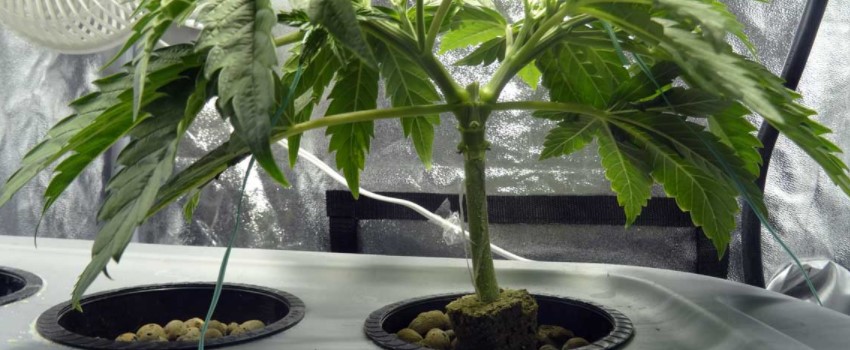
Growing Your Plant in 5 Steps – Image powered by Growweedeasy.com
- Plant your seedling.
First, check if the strain has seedlings available for sale. Once feminized seedlings have been purchased, put them in a pot packed lightly with soil up to an inch from the top. Ideally, the container big enough to accommodate any growth changes.
- Have a light schedule.
For seedlings, it needs 18 to 24 hours of light. As they begin to vegetate, it is time to switch the lighting schedule to include 6 hours of artificial nighttime. And, as the plants move on to the flowering stage, the schedule should be half and half. Or, 12 hours of day and 12 hours of night. Doing so will trigger the flowering cycle.
- Water your plant at two-day intervals.
The surest way to assess whether the cannabis needs water is by touching its soil. If the soil is still moist, then breeders should wait one to two days. This will allow for the soil to fully dry from top to bottom.
- Keep temperature and humidity in the right range.
Temperatures should be kept around 20ºC to 30ºC while humidity should fall be cap off at 70%, with lowest levels being 30%. As the plant grows, both temperature and humidity should be lowered by 5ºC and 5% respectively.
- Let your cannabis breathe.
Give it air and reduce the heat. By venting out the warmer air from the area, the marijuana is less likely to experience heat stress. Conversely, by letting the air flow through, cold air disperses and does not leave a plant cold.
Why Just One?

Why Just One? – Image powered by Growweedeasy.com
While not all may agree, starting small is still a smart choice especially for a home hobbyist. First, it is affordable. There is no need to purchase more than a dozen pack of seeds. Not only that, it is also less expensive to set up.
Second, it introduces enthusiasts to the basics of planting. A lone plant allows users to focus their effort and attention. It also gives users to experiment methods until they find what works best for them.
The third comes as a result of being able to explore their green thumbs. As users accumulate experience, the chances of messing up the next batches of plants are lowered. The last reason is security. Though more and more governments are legalizing marijuana, there are still a number of states and countries that haven’t. While law enforcement agencies may want this one plant, they would rather exert effort into busting out large-scale operations instead.
Cannabis Will Flower Just About Anywhere with The Right Conditions
Marijuana is purposely called “weed” for its ability to take root anywhere, just like the wild plants that show up in gardens. Still, it is important to figure out what setup is preferred.
By taking into account important factors, such as current lifestyle and living arrangements, cultivators get a clearer blueprint of how they can achieve their goals. As what Alexander Graham Bell says, “preparation is the key to success.”
Indoor growing requires creating artificial environments that are conducive to plant growth. Thus, throughout the growing process, growers will surely bump into any one of these four factors:
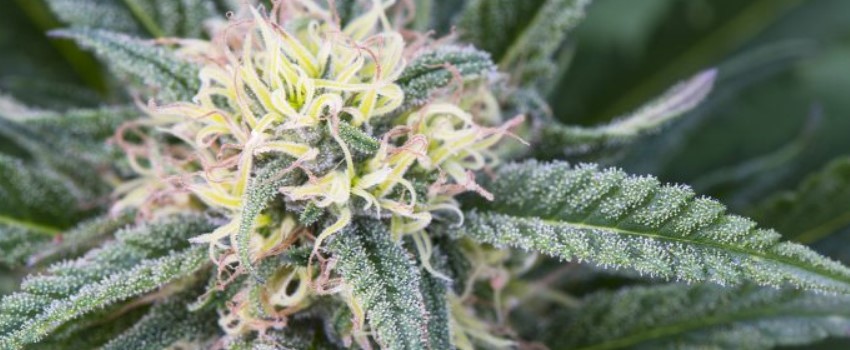
Cannabis Will Flower Just About Anywhere with The Right Conditions – Image powered by Leafly.com
- Temperature
- Humidity
- Lighting
- Watering
- Ventilation
Home hobbyists thinking of producing quality homegrown buds to smoke should consider meeting these requirements. These four are necessities when it comes to mimicking the natural environment that cannabis needs to flower.
Temperature
Temperature is everything. It is the one factor that growers must never ignore. Why? Because a slight change in the temperature can make or break the growth of a plant.
Ideally, it should be around 20ºC and 30ºC for when lights are turned on with decrements 5ºC throughout the whole cycle. Otherwise, it could mean total disaster. There are two temperature related problems plants face:

Temperature is everything – Image powered by Sunwestgenetics.com
Heat
Thought most thrive in warm climates, marijuana strains should never be exposed to excessive heat. When heat stress happens, it can be fatal to the herb. The plant’s leaves turn yellow at the tip and curl inward, as though the moisture has been sucked out of them. While heat may not be enough to kill a bud, it can diminish its overall potency and give it a burnt smell. As such, it is recommended that ample shade is provided.
Cold
On the other hand, excessive cold can also be a problem. It can turn the plant into a breeding ground for mold, fungus, and mildew. And, when there is not enough heat, plants are unable to photosynthesize. As a result, they are unable to produce enough nutrients for roots to absorb. From here on end, the plant may either stop growing or die.
Humidity
Placing second, humidity is just as important as temperature. It is the total amount of water vapor, or water in the air, at a given time and at a certain temperature. By controlling the percentage of absorbable water, the amount of fluids that evaporate from an herb, as well as the food and nutrition it absorbs, can be influenced.
Generally speaking, the environment a cannabis is in should be cool and dry. But, this often depends on the stage the plant is in.
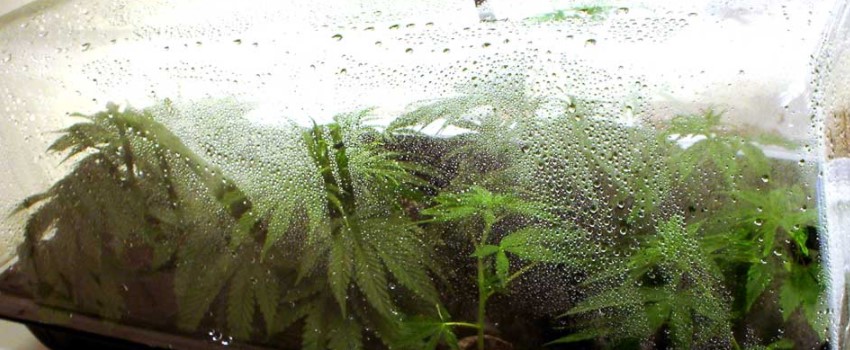
Humidity – Image powered by Weedportal.com
Seedling. Being just a seed, the herb does not have a root system established. Because of this, it needs higher humidity levels between 65% and 70% so its leaves can absorb the water.
Vegetative. As the seedling takes root, humidity levels can be lowered to an acceptable range of 40% to 70%. This is because roots can now take the place of leaves in absorbing water for the plant.
Flowering. By this stage, the strain has fully matured. Humidity levels should be lowered for the herb to increase trichome production and improve flavor. 30% to 50% is the suggested arrange.
Lighting
Lighting has an essential role in a plant’s progress. When there is not enough light, there is a tendency to grow upward. While the success of other plants depends on their upward growth, the opposite holds true for marijuana. To produce potent quality buds, there must be ample light.

Lighting – Image powered by Greencultured.co
Watering
Plants need water to survive. It is one of their sources for nutrients. Shockingly, not all water is made the same. For example, a particular city may have more chemicals in their water than in the neighboring suburb. Though the treatment process varies, most places will most likely have chlorine in their water – which is not a substance a grower would want to expose their plant to. Besides the chemical content, growers should also be wary of overwatering their plants.

Watering – Image powered by Leafly.com
Ventilation
Without air movement and fresh air, the buds of a cannabis are susceptible to mold and fungi. If not that, it can cause pores in the herb’s leaves to clog which ultimately leads to the plant’s death. Thus, ventilation is a decisive factor in keeping your house marijuana alive and healthy.

Ventilation – Image powered by Howtogrowweed420.com
Here’s A Checklist
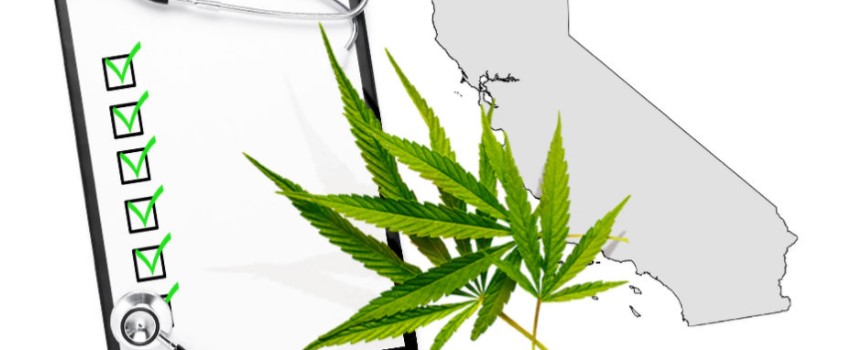
Here’s A Checklist – Image powered by Greencamp.com
Thermometers and Hygrometers. Temperatures are determinants of the percentage of absorbable water. They are checked via thermometers. But, because temperature and humidity go hand in hand, it is better to buy hygrometers so both can be measured at the same time.
In a big setting, the devices are usually placed all over the grow room or grow tent. But, a single plant should only need one measuring device.
Vents and fans. Unless it is an open space, it is advisable to have a vent and at least one fan. Both help the air move around the area where the plant is placed.
Grow lights. Because grow lights are purposely made for imitating sunlight, they can get quite expensive. Depending on the brand and the type of light, a single fixture can cost up to $200.
Adding to the blow of its hefty price is its necessity. Grow lights are not optional, and they certainly cannot be replaced by study lamps or floor lamps. The good news, however, is that this will be the only pricey item on the list. Moreover, a good light source is an investment.
For a single plant, a fluorescent lamp or HID (high intensity discharge) grow light should do. But, to differentiate, fluorescent gives the minimum amount of light to a plant. Thus, it is better suited for setups that are next to sources of natural sun such as windows.
Meanwhile, HIDs provide industry standard lights. These lamps are great for setups that have little to no sunlight coming in at all. However, they usually require special fixtures which entails more money to be shelled out.
Soil mix. While there are other ways to grow marijuana, novices are encouraged to stick to the most traditional medium for indoor growing. Soil allows more leeway so beginners can comfortably learn from their mistakes.
So long as the soil has no artificial extended release fertilizers, any potting soil, especially one that is mixed with sand and perlite, should work. Soil mixes with either sand, perlite, or both aerate the soil, subsequently lowering the chances of drainage issues from occurring. These mixes are found at home improvement stores or local garden centers.
Pot with holes. Beginners often make the mistake of using an old decorative pot not meant to be used for growing plants in. But, without holes, there is no way to drain the water from the soil. By choosing a pot with a drainage hole, growers prevent water logging at the bottom and causing molds.
Anti-chlorine drops. As mentioned earlier, not all water is the same. Some cities have more chlorine in their water than others. In these cases, anti-chlorine drops come in handy. Used to prepare an aquarium to support fish, these drops are often found in pet stores.
It All Started with A Plant
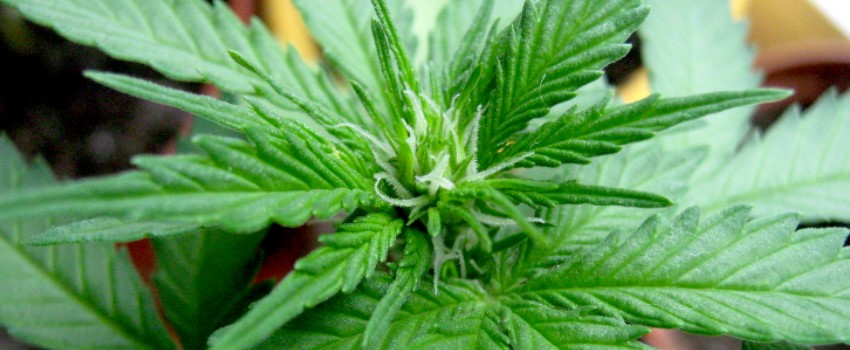
It All Started with A Plant – Image powered by Cannabisgrowing.blog
If it were of any inspiration for aspiring growers, the biggest breeders of the industry began with a single plant. Before any of the farms, founders were just like many hobbyists whose interest in growing were piqued.
While cultivating a large batch may not be everyone’s goal, to be involved in the process of growing the seeds that one smokes is truly gratifying. It not only is an accomplishment, but it also enhances the experience of any user. Perhaps the greatest hurdle users face is starting.

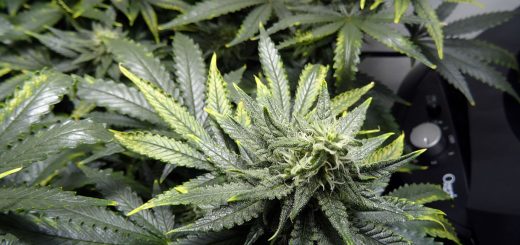
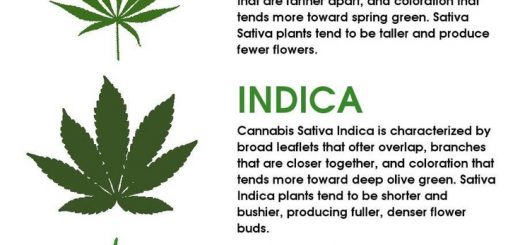
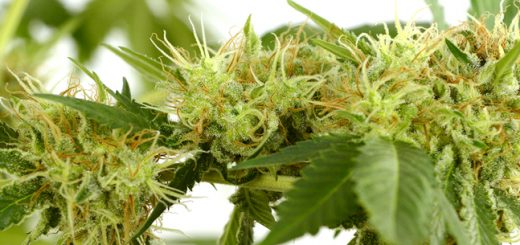
Recent Comments